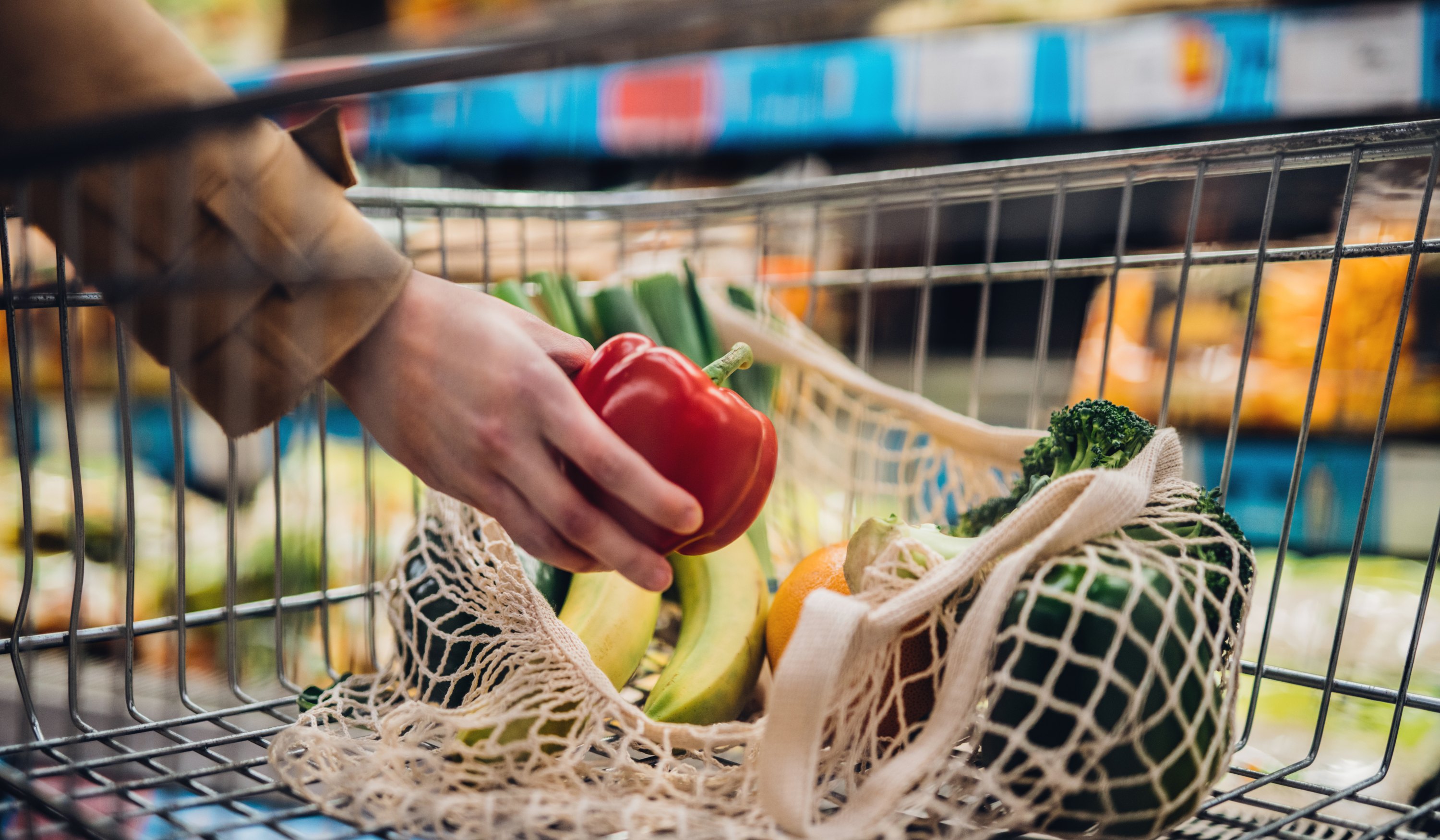Inflation is biting into the average shopper’s food budget, but there are ways to still keep good nutrition on the table, says a University of Alberta expert.
Basic cooking skills, combined with a dash of careful planning, can help ease the expected hike Canadians are going to pay in 2023 for groceries, says registered dietitian Heidi Bates.
“We have the ability to be savvy shoppers, to plan differently and to do more food preparation ourselves to offset inflation and still eat really well,” says Bates, with the Faculty of Agricultural, Life & Environmental Sciences.
Despite sky-high prices, fruit, vegetables, meat and dairy products are key to a healthy balanced diet and important to keep on the menu, she adds.
Produce is packed with vitamins, minerals and dietary fibre. Dairy products and fortified soy beverages provide needed calcium. And meat, poultry, fish and plant-based foods are critical sources of protein. They’re all part of a healthy diet that can help lessen the risk of conditions such as diabetes, heart disease, cancer and osteoporosis, Bates notes.
“These conditions often present in midlife, but the groundwork is laid across your whole lifetime, so we want to see people eating well from childhood on, and we don’t want to compromise nutrition.”
Here’s how to keep nutritious food on the table, even on a tight budget.
Get (back) into the kitchen.
Pre-made meals delivered to the doorstep are convenient but more costly than eating in.
“You’re going to pay more than you need to if someone is prepping food for you,” Bates notes. “We need to revisit and reinvest in cooking at home.”
Besides saving money, cooking also feeds the soul. “It’s a great opportunity to spend time together as a family and have some fun.”
Keep it simple.
Start with easy recipes like those found in the Pure Prairie Eating Plan, written by U of A nutrition professors Rhonda Bell and Catherine Chan, or pick a few from Canada’s Food Guide, Bates suggests. And be patient in building those meat-and-potatoes skills; learn as you go and celebrate the tasty successes, she adds.
“Cooking is a process. Don’t expect to become Julia Child — but you don’t need to, either.”
Plan ahead.
Before going for groceries, have a rough idea of what your meals will be for the week.
“If you’re going to the store with no real plan, it becomes hard to have a targeted approach to shopping,” which can lead to costly food waste, Bates says.
“Upwards of 63 per cent of food we throw away could have been eaten if we’d planned differently.”
Beware of bulk buying.
That big bag of bananas looks like a good deal, but does it make sense for, say, a small household?
“Although the price may look lower at the front end, if it’s way more than you can eat, it doesn’t make much economic sense.”
Try to have a plan for using up too much perishable bounty — freeze those blackening bananas for baking projects.
Have the basics handy.
Bulk buying does make sense for stocking the pantry with an ongoing supply of staples like pasta, flour, sugar, rice, lentils and canned foods.
“They can be used in many different recipes and they help build the platform for a lot of meals.”
Pay attention to portions.
That single steak, though expensive, may go further than you think, says Bates. For example, a healthy serving of meat for one person is only the size of the palm of a woman’s hand.
“If you think about portion sizes, what’s in one package might be two or three portions, not just one.”
Larger cuts of meat, such as roasts, can be stretched to make multiple meals like soups or casseroles.
“Look at every opportunity to have and use leftovers.”
Fresh or frozen? Try a little of both.
When buying fruit and vegetables, it makes sense to take advantage of both fresh and frozen versions, depending on cost-friendliness. Fresh, locally grown produce — in Alberta, that includes root vegetables like potatoes and carrots — is often a better deal because of lower transportation costs, Bates notes.
“Take advantage of foods where they are more simply available.”
At the same time, buying exotic produce like berries is often a better deal when they’re frozen, and it can be used gradually, avoiding waste. Keep it nutritious by buying unsweetened fruit and avoiding frozen vegetables that come with sauce.
Have a budget buddy.
For single people or small households, shared shopping is one way to make costly food items more affordable, Bates suggests.
“Go in with a friend or relative to buy expensive things that aren’t one-person friendly. People are much more receptive to having those conversations than we might think, because everyone is facing the same thing.”
